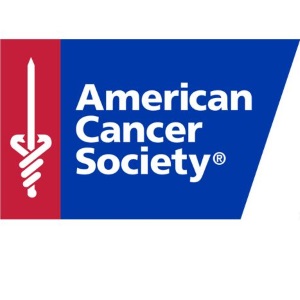Alaska Natives have the highest colorectal cancer incidence (89 per 100,000) and mortality (40 per 100,000) rates in the US, double those in blacks (46 and 19, respectively).
Colorectal cancer has been the most commonly diagnosed cancer in Alaska Natives since the early 1970s for reasons that are unknown, but may include a higher prevalence of risk factors, such as a diet high in animal fat and low in fruits and vegetables, vitamin D deficiency, smoking, obesity, and diabetes.
In addition, Alaska Natives, particularly rural residents, have a high prevalence of Helicobacter pylori (H. pylori), a bacteria associated with inflammation and cancer of the stomach that may also be associated with colorectal cancer risk. Despite a disproportionately high burden of advanced adenomas among Alaska Natives, the availability of endoscopic services in much of Alaska is inadequate.
A recent study found that Alaska had the lowest county-level colorectal screening prevalence in the nation. In addition, the primary mode of screening at Indian Health Service facilities is stool testing, which has a limited capacity for cancer prevention and requires timely follow-up with colonoscopy for positive tests.
Notably, American Indians and Alaska Natives are the only racial and ethnic group for which colorectal cancer mortality rates are not declining.
See “Colorectal CancerFacts & Figures 2020-2022” ion the American Cancer Society website

